“Release” is one of the most misunderstood concepts in golf, but TPI co-founder Dave Phillips is here to provide some clarity. In this video, Dave shows how release is related to wrist conditions and how a Hit-and-Hold drill (courtesy of his friend, Padraig Harrington) will help you feel the clubhead truly release and fly through the hitting zone.
» Subscribe to Titleist: https://www.youtube.com/@titleist?sub_confirmation=1
For more information on how data from 3D motion capture, force plates and physical assessments can help your game, check out @myTPI’s YouTube channel: https://www.youtube.com/mytpi
#ImproveMyGolfGame #GolfTips #Titleist #TPI
So, we’re talking a little bit right now about release. What does that mean? Like, you hear this term all the time. Release the club. Hold the club. You see these static pictures of great players and they’ve got this forward leaning shaft and they want you to hold and hold and hold and hold. And you got pictures on the internet of players like this, right? And then you’ve got pictures of players like this. And then you got pictures of all different kinds of release patterns. Now, some of the releases are based on shot shapes. You might be a player that’s specifically trying to hit a certain shape of shot and that might require me to hold the face a little bit more open through impact. And you might even see a bit of a chicken wing or a breakdown in the lead arm. That could be because of shot shape. You might have a player that’s trying to hit it around a tree and you see a little bit more of a a crossover release. So, there are different release patterns based on the shape of the shot you’re trying to hit. But in general, here’s what happens with a lot of players. You’ll see players on tour today with all different types of positions at the top of their back swing. When the club goes back, what release really is is it’s the opening and closing of the club face. Now, there are some players that take the club back more shut. There are some players that take the club back more open. There are players at the top of their back swing that have a very flat or bowed lead wrist with what we call a shut club face that points to the sky. And there are world number one players that have the face very open and they’re in this position which is extremely extended and the club is open and they can all play great golf. So to say that there’s one or the other, there’s not. But here are some of the known truths, and this is by some of the data we look at with our 3D system at TPI. Regardless of how they take it back, or whether it’s open or shut at the top of the back swing, or whether it’s open or shut away from the golf ball, they all do a similar thing on the down swing to get that face square and in a strong position at impact. So players that get to the top of their back swing in what we call an open position, what they do is they start to flex their wrist, right? Not extended, it’s extended. The minute they start down in transition, they start to flex and they get this club into a square position right about here where it’s hip height. And then they use the ground and body rotation to decide what they want to do. Do they want to hold it off and hit a fade? Do they want to strike it and release it? That’s dependent on the shot they want to hit in many cases. Right now, players that are the opposite, that have a very flat or bowed wrist, well, they’ve already done it. So, they don’t need to flex their wrist. They’re already flexed. So, what they do is they start down and they’re already in that position in that flexed position. And then their delivery can be just the same. Now, the reason you might see more players today with a little bit of a flex position is then they don’t have to do it on the down swing. They’re actually doing it on the back swing. But there are certain things that you need to know because if I come down and my face is looking more down at the golf ball or more closed because I’m bowing it down or I’m flexing it down, if I’m in this position, then the face, if I don’t do something with my body, is going to be closed. Right? But here’s what the best players in the world do. They flex their wrist in transition or they’re already flexed. They bring it back down in front of them. Now look at impact. They have a forward leaning shaft with a relatively flat wrist or slightly bowed. The face would be dead shot. I would hit the ball over there. So what do they do? They rotate their chest and their lower body is open. And the more they lean the shaft forward, the more it opens the face. You see? So they are doing all of this. If they stop rotation or they can’t rotate, it’s going to go left. So this is why you see so many players with hips open or chest open. It’s because they’re using ground force and their wrist is in a or their club is in more of a closed position coming down. You can be either way. And this is the beautiful thing about golf. There’s so many different ways. But there are all these little matchups. So, if you’re a player that’s struggling with a shot that’s going to the left or hooking too much, you might actually be doing something really good. You might actually be flexing, getting that into a strong position, but maybe your rotation is off. Maybe you’re not pushing against the ground or you’ve lost that mobility and you can’t clear. So, in that situation, you might make a modification. You might want to fan your foot or get yourself a little bit more open at a dress so that you can go around the corner with that shut face and that will keep it open going through and that will be a better shot for you. So remember, there’s all these matchups. You want to find out where you are. But the worst one is you don’t want to come down and have this in this position where you’ve got the face open. If it if the wrist stays extended, then as I’m coming down, look how open this face is. And if I keep going, then that’s going to be wide open. I’m gonna hit the golf ball over there. So, at some point, I need to release the club. And this is where release comes in. So, if I’m looking at you, most cases, the player is going to strike the golf ball. They’re going to push with that lead foot, have a forward leaning shaft, and then they’re going to release this club fully. You don’t want to stop the release. It happens way early. Remember what I said earlier? The best in the world on 3D. Right at the top of the back swing, they’re already starting to release it. They’re not holding. Never try and hold angles in your wrist. It is the worst thing you can do. One of the best drills you can do to get the correct release is good friend of mine, Pyrick Harrington, showed me this and it’s the hit and hold drill. And what you’re really doing is you’re going to hit a shot and just stop right here. So, if you can hit a ball and stop right here, what it actually gets is it gets your angles out and it forces you to get the club in the right position here. So, you can see with that drill, I’m actually trying to stop the club. And what it does is it actually puts me in the correct release where what I’ve done is I’ve got rid of all this flexion. I’ve struck the golf ball where I’ve hit the ball first, created a nice divot, and then I’ve let it go. I don’t want to hold on and stop it. It puts too much stress on the shoulder, the the elbow, and the wrist. So, you’ll see with great players as they come through, they actually are in this position. If I come towards you, I hit, I’m trying to stop the club, and you can see I’ve actually gone into extension with my lead wrist and flexion with my trail wrist. The opposite of what I had going back. And that’s a proper release. So, there’s a little kind of world of release. Just remember, we don’t want this extended coming down. It can extend going back. It can flex going back. But on the down swing, we need to get it flexed so that we deliver it in a good position coming down. If you can understand that, you can understand release. You can hit any shot you want.

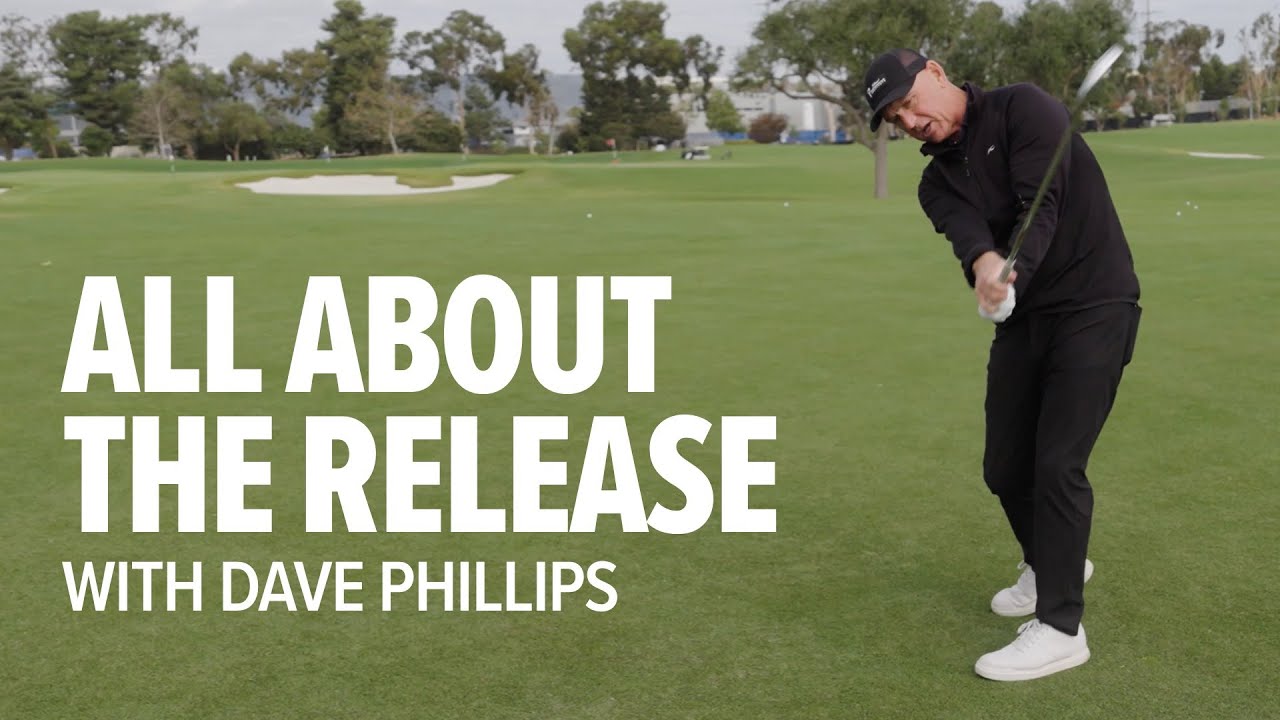
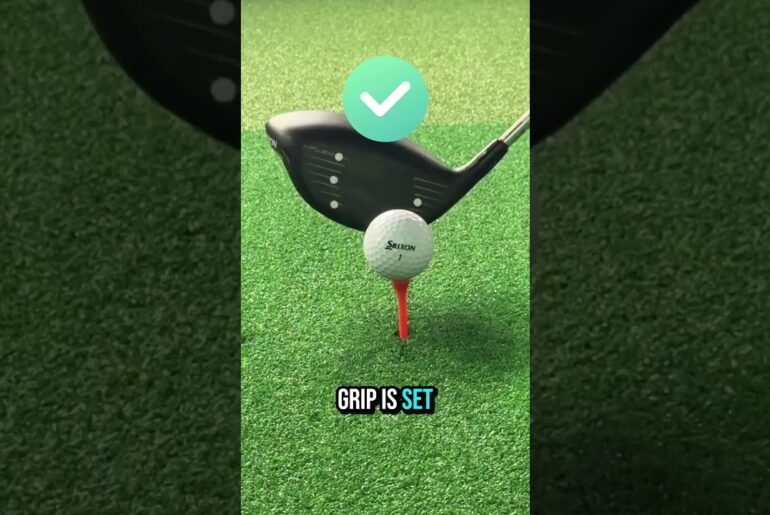
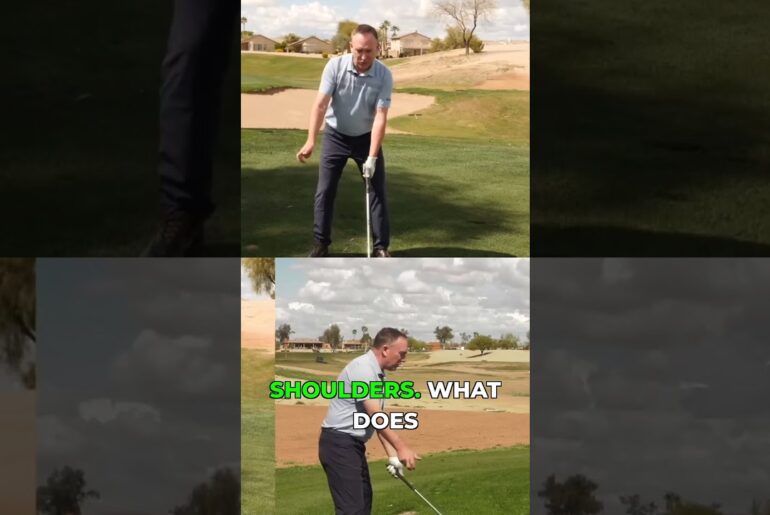
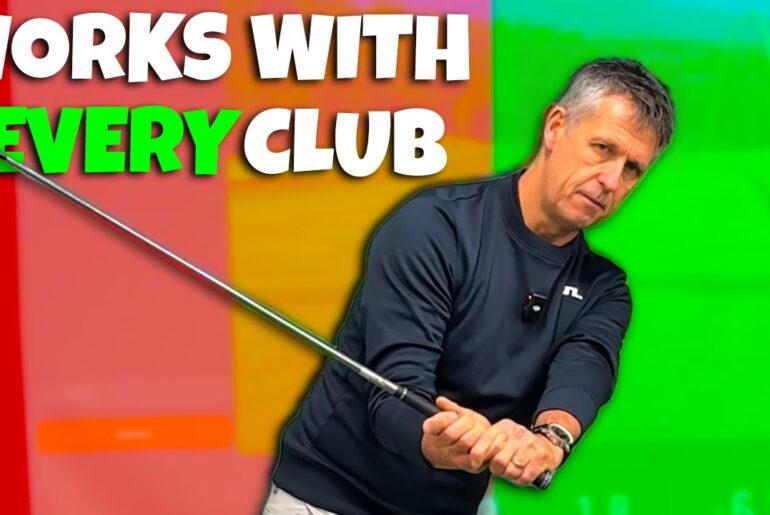
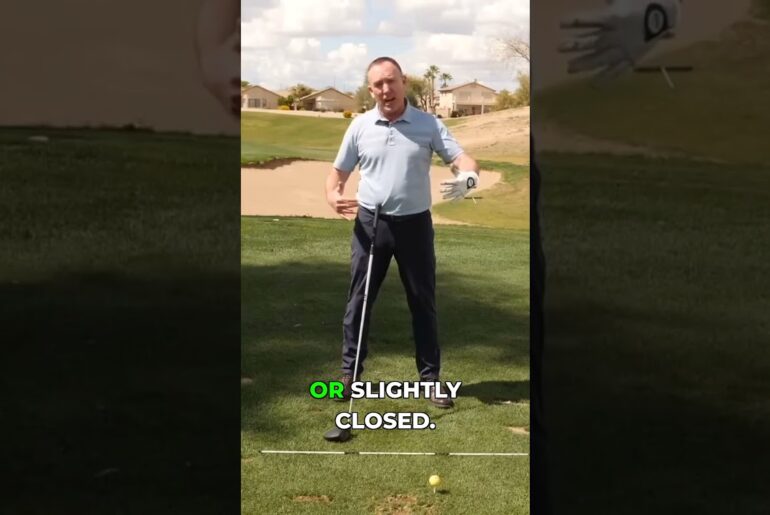

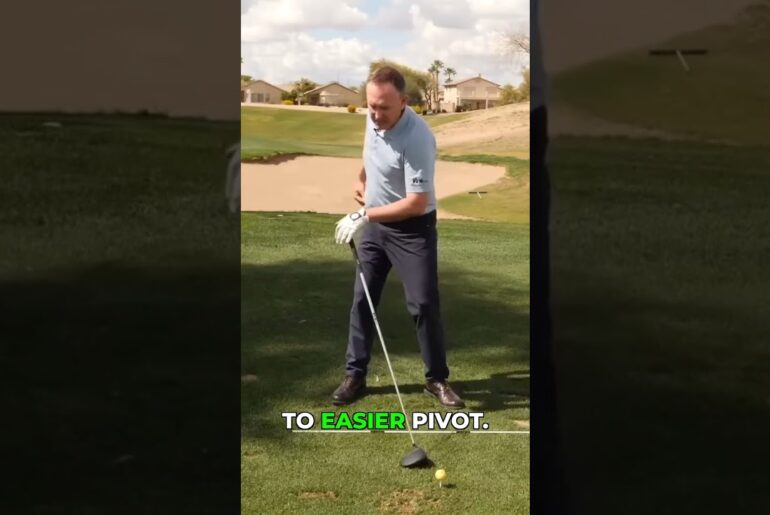
2 Comments
Excellent explanation… very well done!
So much information out there. So much routinely misinterpreted (by people like me). We need, unambigous, clear and precise teaching of fundamentals that apply to all swings. Preferably taught by people not talking endlessly, (becuase they want a long video to gain income).This delivers 100%. More please 🙂